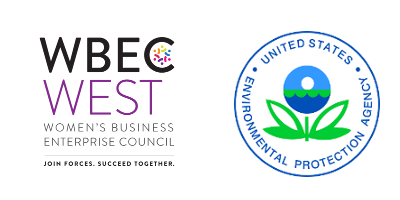What You Need to Know About Exporting Substitute Raw Materials
Transporting substitute raw materials between countries is becoming increasingly common and requires a deep knowledge of material classifications and international environmental agreements. Countries have different material classification systems, so a material that is labeled as waste in a country of origin may be considered hazardous to the country of destination. Additionally, international trade agreements like the Basel Convention have their own sets of hazardous waste transportation requirements.
Understanding substitute raw materials, their benefits, and how to safely and legally transport them will keep your company in compliance and help maintain your position as a leader in environmentally conscious business practices.
What are substitute raw materials?
Substitute raw materials, or secondary waste, are taken from discarded waste and used in place of or along with virgin raw materials. Two of the most common substitute raw material sources come from recycled construction and waste demolition and plastic food packaging.
Construction and waste demolition sources are particularly popular in developing countries like China where building materials are in high demand. Recycled plastic food packaging is also in high demand because it takes very little energy and can be done quite efficiently with materials being shredded, melted, and remolded into new products.
What are the benefits of substitute raw materials?
Creating secondary waste uses less energy because the raw materials have already been processed. It’s just a matter of reforming them so they can be used in another setting. Since using substitute raw materials is essentially like recycling, it also reduces our dependence on raw natural resources, thereby helping to preserve the environment. Also, because material processing time is shorter, construction or manufacturing can be completed faster. Lastly, because secondary wastes are in demand, countries are willing to pay for the materials, making it financially beneficial to the companies selling them.
How do I safely transport substitute raw material?
The hazards of exporting secondary wastes that are not deemed waste in the country of origin, but are considered waste in the country of destination include:
- Being seized in transit for violating Basel
- Illegal dumping or rejection leading to abandoned waste
- Destination countries paying more for hazardous waste
The two most important aspects of safe transportation are material classification and notification. All materials must be properly labeled according to the destination country’s laws and the country must be notified that the materials will be brought in. Once this baseline information is established, any additional agreements like the Basel Convention need to be followed.
RTS has the experience and certifications necessary to properly handle, ship and recycle all hazardous and non-hazardous waste. Contact us to discuss how RTS can assist with your waste disposal needs.



